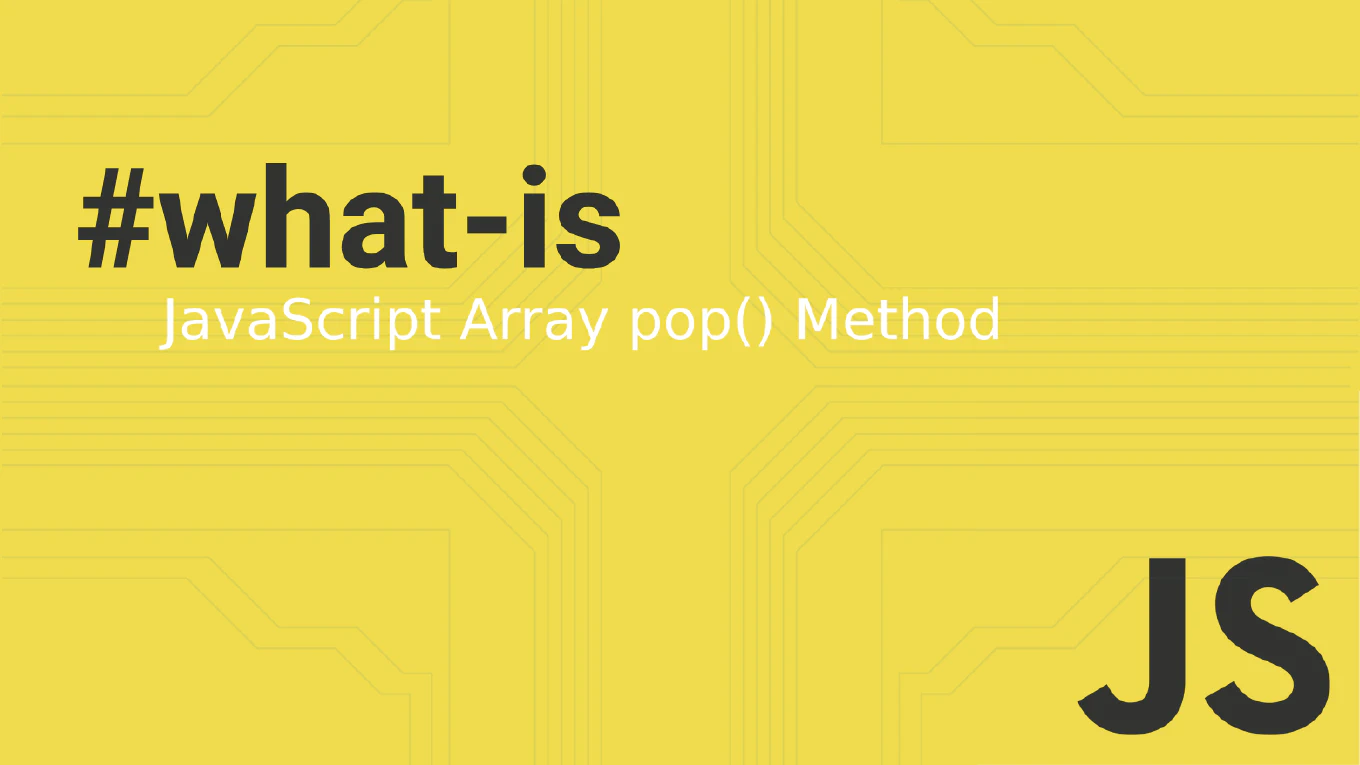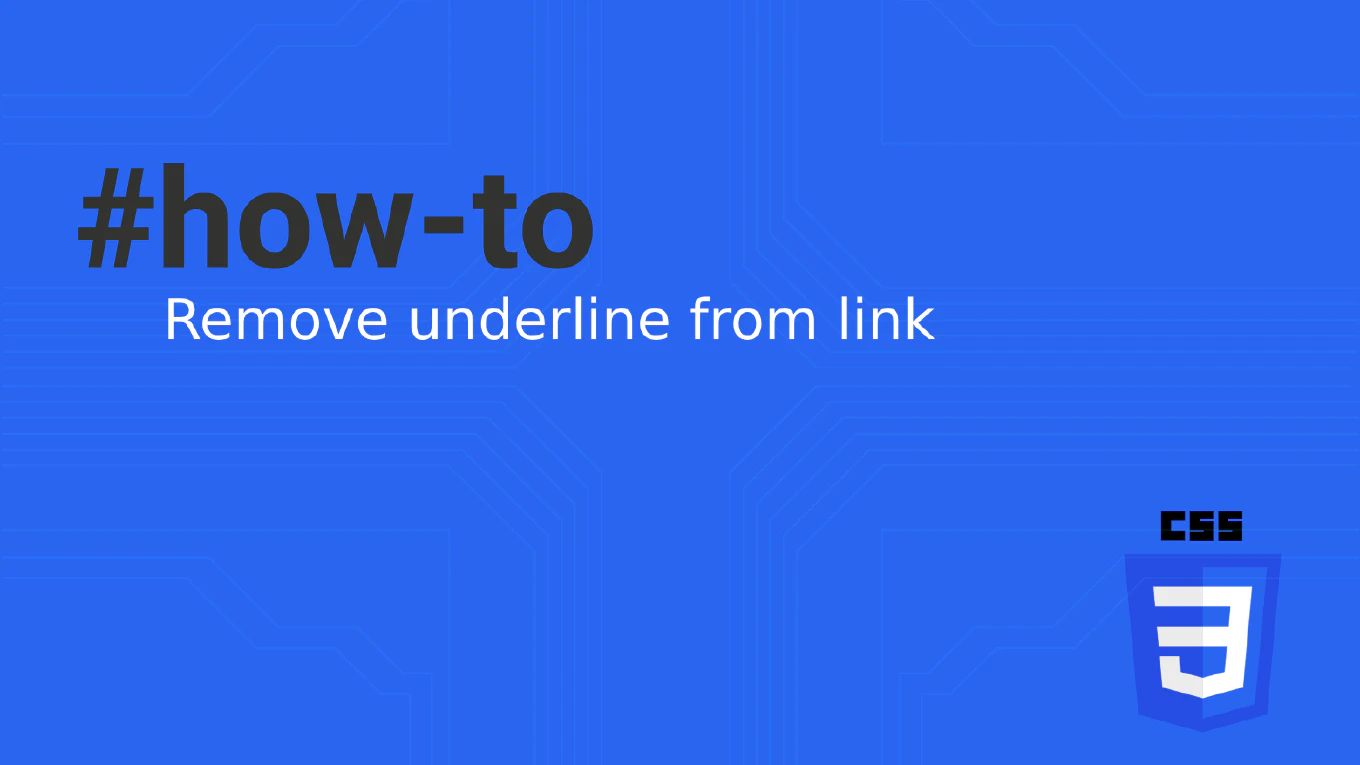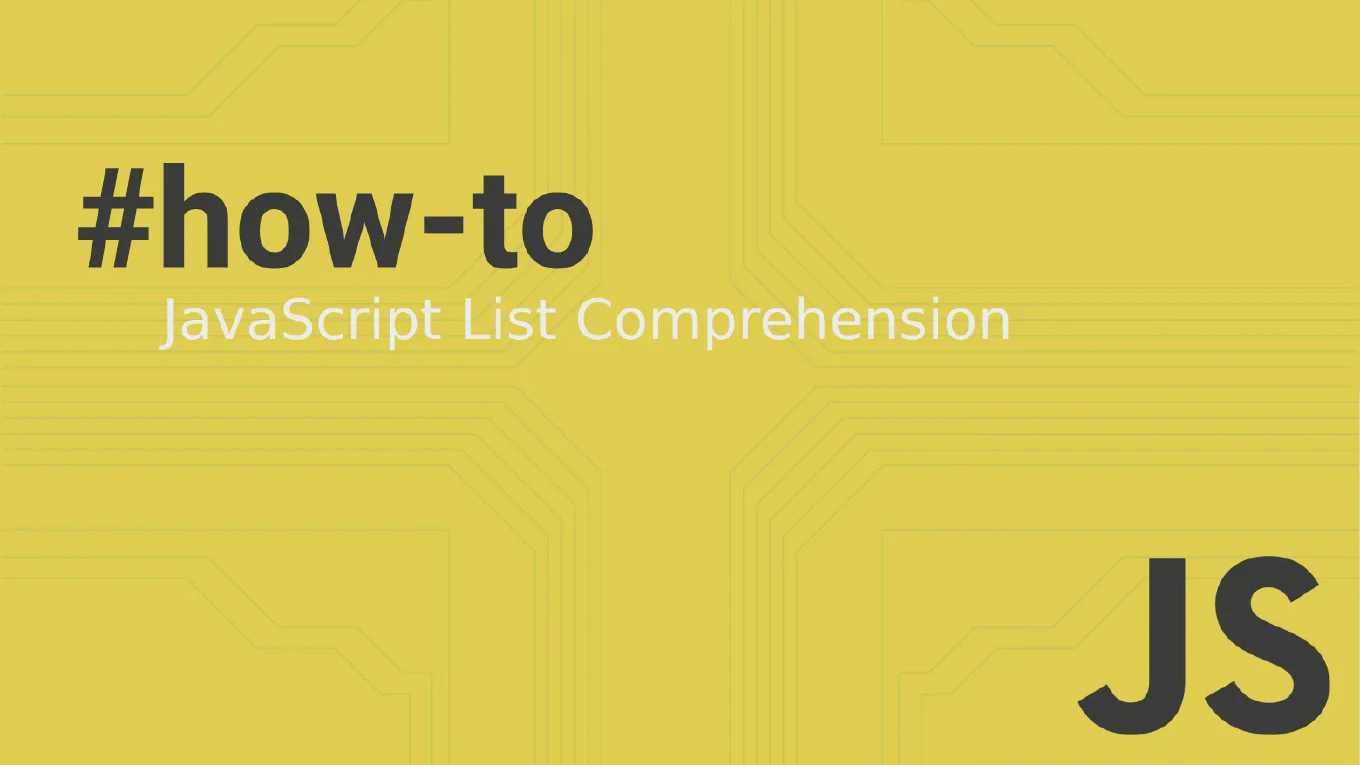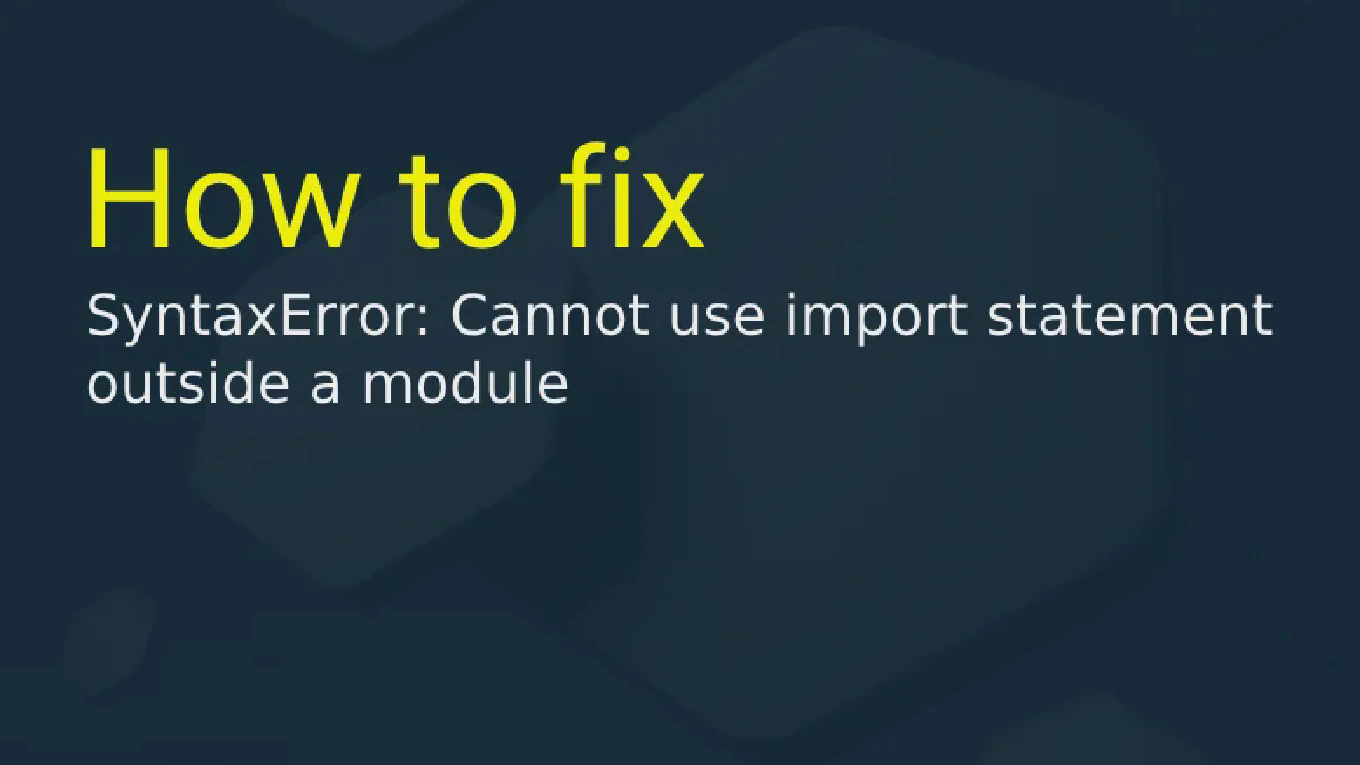How to interactive rebase in Git
Interactive rebasing is essential for cleaning up commit history, combining related commits, and preparing a polished commit sequence before merging to main branches.
As the creator of CoreUI with over 25 years of development experience managing Git repositories since the early 2000s, I’ve used interactive rebase extensively to maintain clean, readable project history across our open-source repositories.
The most powerful approach is using git rebase -i with a base commit to interactively edit, squash, reorder, or delete commits in your branch.
This method provides complete control over commit history while maintaining the logical flow of changes for better code review and project maintenance.
Use git rebase -i HEAD~n to interactively rebase the last n commits and modify your commit history.
# Interactive rebase for the last 3 commits
git rebase -i HEAD~3
# Or rebase against a specific branch
git rebase -i main
Interactive rebase opens an editor showing commits with action keywords: pick (keep commit), reword (edit message), edit (modify commit), squash (combine with previous), fixup (squash without message), drop (remove commit), and exec (run command). You can reorder lines to change commit sequence, change action words to modify commits, or delete lines to remove commits entirely. After saving, Git guides you through each step, allowing you to edit commit messages, modify file changes, or resolve conflicts as needed.
Best Practice Note:
This is the workflow we use in CoreUI development to maintain clean, professional commit history before merging feature branches. Never rebase commits that have been pushed to shared repositories, as this rewrites history and can cause conflicts for other developers working on the same branch.







